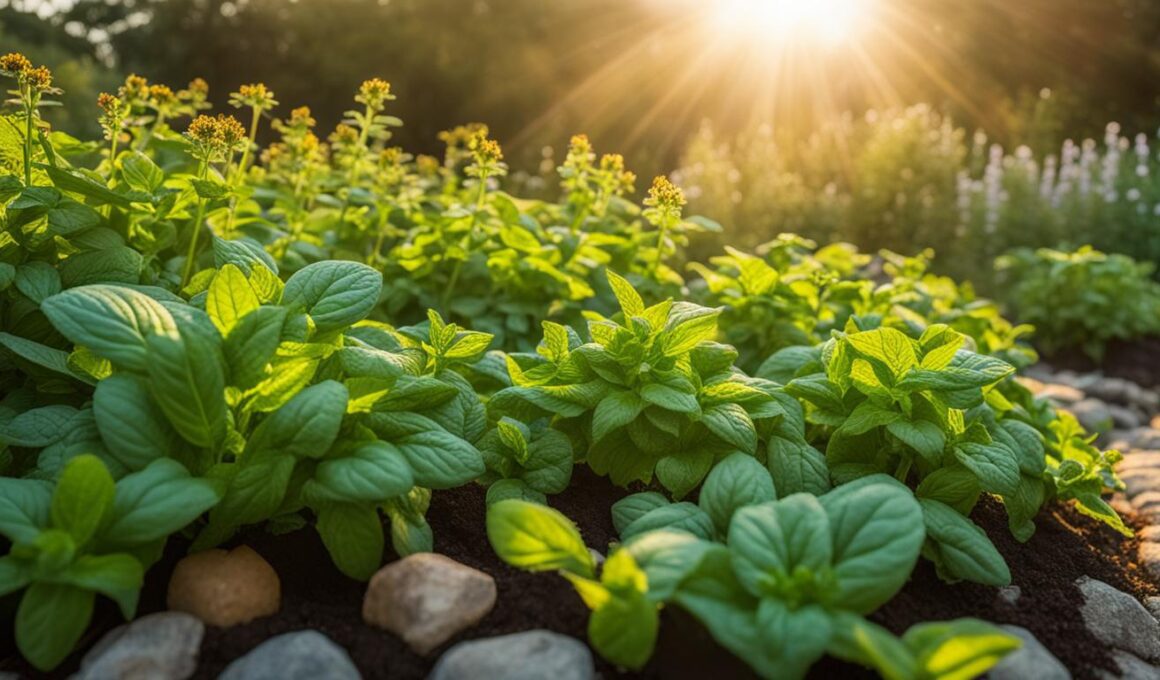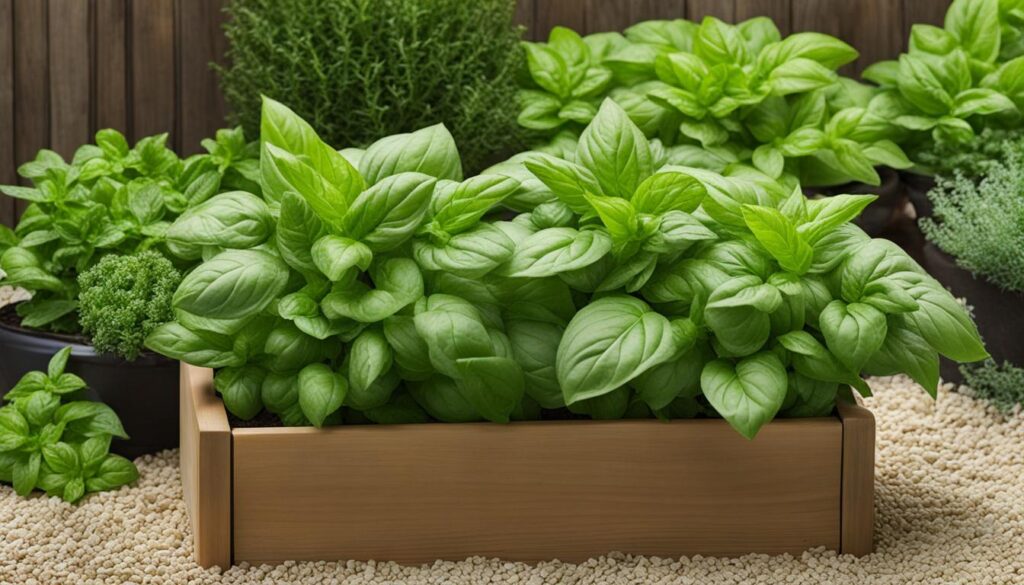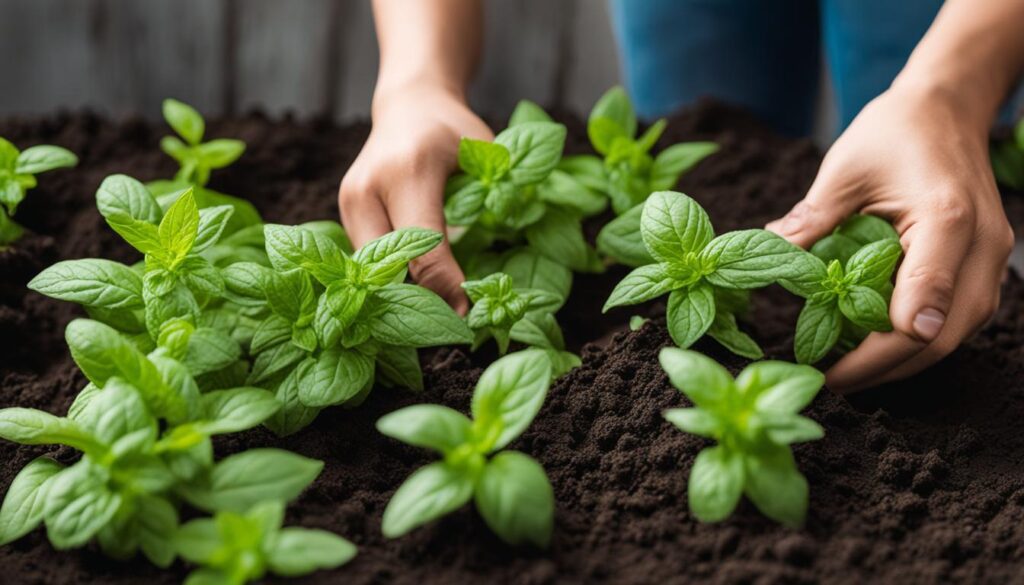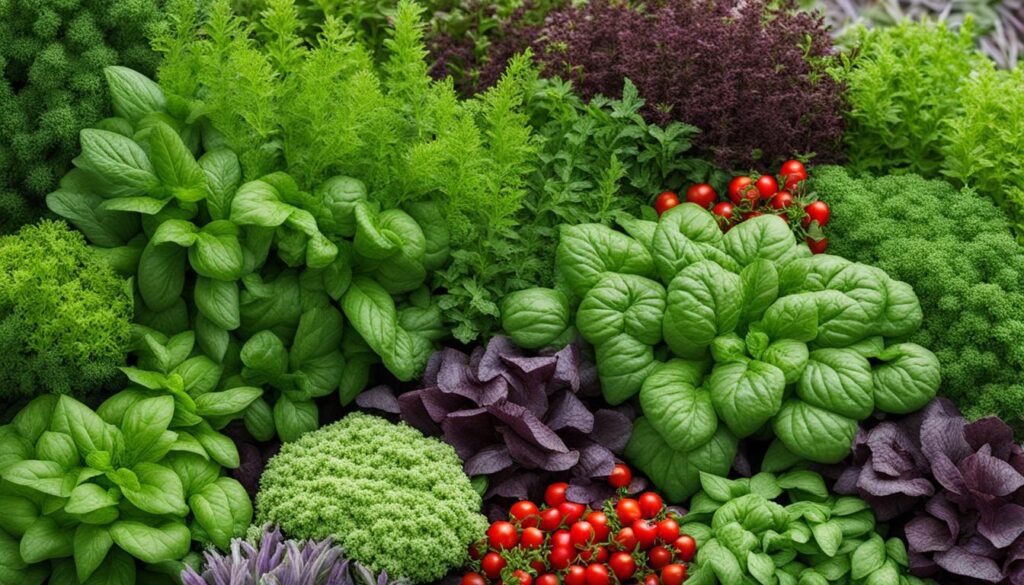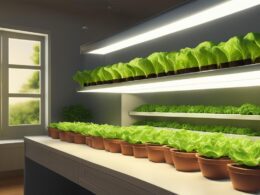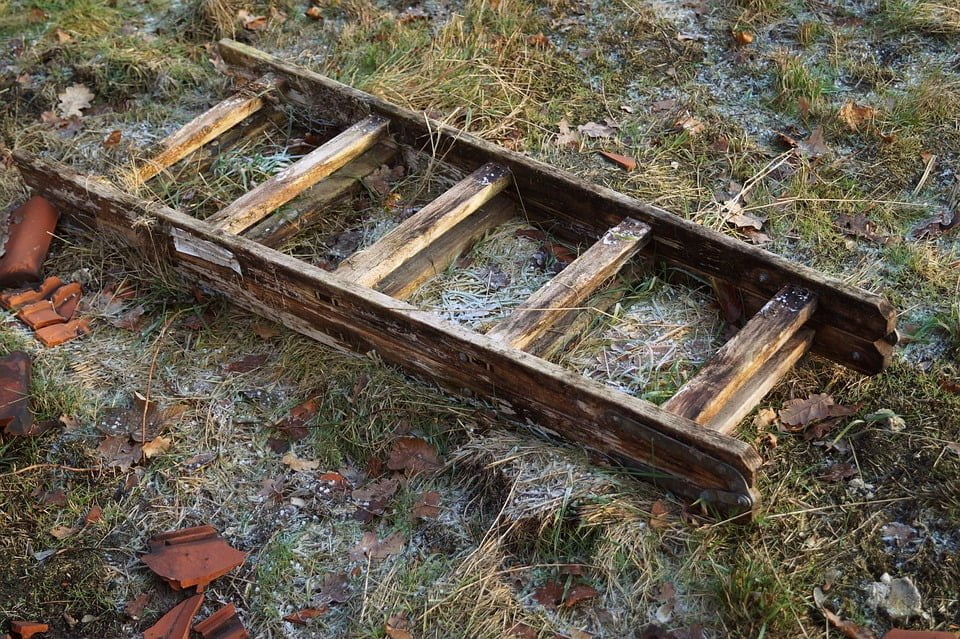Companion planting is the practice of selecting plants that benefit each other when grown together. When it comes to growing mint and basil together, it is important to consider their compatibility as companion plants. While both mint and basil can be grown in the same garden, they should not be planted in the same container or garden bed. Mint is an invasive species that can take over and crowd out other plants if not properly contained. However, mint and basil can still be grown side by side in separate growing spaces to reap the benefits of companion planting. Mint can help repel pests that may damage basil leaves, while basil can attract pollinators to the herb garden. By understanding the needs of each plant and providing suitable growing conditions, you can successfully grow mint and basil together in your herb garden.
Key Takeaways:
- Growing mint and basil together can be done with careful consideration of their compatibility as companion plants.
- While mint and basil should not be planted in the same container or garden bed, they can thrive when grown separately but in close proximity.
- Mint can repel pests that may damage basil leaves, while basil can attract beneficial insects to the herb garden.
- Providing suitable growing conditions and controlling the growth of mint are important for successful companion planting.
- Companion planting with mint and basil can enhance the growth and flavor of both herbs in your garden.
Mint and Basil Companion Plantings
When it comes to companion planting, mint and basil are a great combination that can enhance the growth and flavor of each other. Mint is known for its ability to repel pests, such as aphids and beetles, which can cause damage to basil leaves. By planting mint alongside basil, you can create a natural pest deterrent for your herb garden. On the other hand, basil attracts beneficial insects like pollinators, which can help improve the overall health of the garden.
Both mint and basil have similar growing requirements, making them suitable companions. They both prefer well-draining soil and require regular watering to keep the soil moist but not waterlogged. Light-wise, they thrive in full sun but can tolerate some shade. However, it is important to note that mint is an invasive species that can quickly spread and take over a garden if not contained. To prevent mint from overpowering basil, it is recommended to plant them in separate containers or garden beds.
Best Companion Plants for Mint and Basil
When planning your herb garden, consider adding other companion plants that pair well with mint and basil. Some compatible plants include:
- Marigolds: These colorful flowers not only attract beneficial insects but also help deter pests that may harm mint and basil.
- Oregano: Although it should not be planted directly with mint, oregano can be grown nearby as it complements the flavors of both mint and basil.
- Chives: Chives provide a natural pest deterrent while adding flavor to your dishes when combined with mint and basil.
- Lavender: This aromatic flower not only adds visual appeal but also acts as a natural pest repellent.
By selecting the right companion plants and providing suitable growing conditions, you can create a thriving herb garden with mint and basil as the star performers.
Growing Requirements for Mint and Basil
Mint and basil are both versatile herbs that can be grown in various settings, but they have specific growing requirements that should be considered for optimal growth and flavor. Whether you choose to grow mint in containers or basil in garden beds, providing the right soil and water conditions is essential for their success.
Growing Mint in Containers
If you decide to grow mint in containers, choose a pot that is at least 12 inches deep to accommodate its vigorous root system. Use well-draining soil that is rich in organic matter, such as compost or potting mix. Mint prefers a slightly acidic soil with a pH level between 6.0 and 7.0. Place the container in a location that receives full sun to partial shade, as mint thrives in bright light conditions. Water the mint regularly, keeping the soil consistently moist but not waterlogged. During hot weather, mint may require more frequent watering to prevent the soil from drying out.
Growing Basil in Garden Beds
If you opt to grow basil in garden beds, prepare the soil by incorporating organic matter like compost or aged manure to improve its fertility and drainage. Basil prefers well-draining soil with a pH level between 6.0 and 7.5. Choose a sunny location for your basil plants, as they require at least 6 to 8 hours of direct sunlight daily. Water the basil regularly, aiming to keep the soil slightly moist. Avoid overwatering, as excessive moisture can lead to root rot and other fungal diseases. Mulching around the basil plants can help conserve moisture and suppress weed growth.
In summary, mint and basil have similar growing requirements when it comes to soil and water. Mint thrives in containers with well-draining soil and regular watering, while basil prefers garden beds with fertile soil and adequate sunlight. By understanding and meeting these requirements, you can create a favorable environment that promotes healthy growth and abundant harvests of mint and basil.
Mint Companion Plants
Mint is a versatile herb that can be paired with a variety of companion plants to enhance its growth and repel pests. Here are some companion plants that pair well with mint:
- Vegetables: Mint can be planted alongside vegetables like broccoli, cauliflower, kale, cabbage, and Brussels sprouts. Its aromatic properties help repel pests like cabbage moth and flea beetle, keeping your vegetables healthy.
- Nightshades: Mint also pairs well with nightshade plants such as tomatoes, bell peppers, potatoes, and eggplants. Mint can accelerate the growth of these plants and deter pests like tomato hornworm and aphids.
- Legumes: Beans and peas can be planted with mint to repel rodents that may damage your plants. This companion planting method can help protect your legumes from pests while promoting their growth.
- Root vegetables: Mint can be beneficial when planted alongside root vegetables like beets, carrots, onions, and radishes. It can deter pests like carrot fly and onion fly, keeping your root vegetables safe and healthy.
Mint can also be paired with certain flowers to add visual variety to your garden and attract beneficial insects. Some flowers that pair well with mint include marigolds, roses, peonies, and wax begonias. These flowers not only enhance the aesthetics of your garden but also help deter pests that may harm your mint plants.
Quote:
“Companion planting mint with the right plants can create a thriving garden. Mint’s ability to repel pests and enhance the growth of other plants makes it a valuable companion in any garden.” – Gardening Expert
By selecting the right companion plants and providing suitable growing conditions, you can create a harmonious garden that benefits both your mint and other plants. Experiment with different combinations to find what works best for your garden and enjoy the benefits of companion planting with mint.
Plants to Avoid Growing with Mint
While mint can be a beneficial companion plant, there are some plants that should not be grown with mint. Oregano, rosemary, basil, lavender, sage, thyme, chamomile, parsley, and strawberry are among the plants that should be avoided when planting mint. Mint is a hardy and invasive species that can compete for nutrients and space if not properly contained, causing stress and eventual death to other herbs.
It is important to choose companion plants for mint wisely to maintain a balanced garden. By avoiding incompatible plants, you can prevent the overpowering growth of mint and ensure the health of other plants in your garden.
“When it comes to growing mint, it is crucial to consider its invasive nature. Mint has a tendency to spread rapidly and take over the garden if not properly contained,” says expert gardener Jane Smith. “To prevent mint from overpowering other herbs and plants, it is best to plant it in separate containers or garden beds.”
To keep your herb garden flourishing, it’s important to be mindful of the aggressive nature of mint. By selecting compatible companion plants and providing suitable growing conditions, you can create a harmonious and thriving garden environment.
Conclusion
Growing mint and basil together can lead to a successful herb garden when you follow companion planting tips and guidelines. While it’s important to avoid planting them in the same container or garden bed, mint and basil can thrive when grown separately but in close proximity.
By selecting the right companion plants and controlling the growth of mint, you can create an environment that repels pests, attracts beneficial insects, and enhances the growth and flavor of basil. Whether you’re a beginner gardener or an experienced herb enthusiast, these practices can help you achieve a bountiful harvest of mint and basil.
Remember to provide suitable growing conditions for both mint and basil, including the right soil, water, and light. By taking these steps and utilizing companion planting techniques, you can create a beautiful and successful herb garden that brings joy and flavor to your home. Happy gardening!
Is It Possible to Grow Basil and Mint Together in the Same Container or Garden?
Yes, growing basil and mint together is possible. Both plants thrive in similar growing conditions and can coexist in the same container or garden. However, it’s important to ensure each plant has enough space and access to sunlight and water to prevent overcrowding and competition for resources.
FAQ
Can mint and basil be grown together?
Yes, mint and basil can be grown together, but they should not be planted in the same container or garden bed.
Why shouldn’t mint and basil be planted together?
Mint is an invasive species that can take over and crowd out other plants if not properly contained. It is best to plant them separately.
Can mint and basil be grown in close proximity?
Yes, mint and basil can be grown in separate growing spaces, such as separate containers or garden beds, to reap the benefits of companion planting.
What are the benefits of planting mint and basil together?
Mint can help repel pests that may damage basil leaves, while basil can attract pollinators to the herb garden.
What are the growing requirements for mint and basil?
Mint and basil require similar growing conditions in terms of soil, water, and light. They both thrive in well-draining soil, regular watering, and full sun.
What are some good companion plants for mint?
Mint can be paired with brassicas, nightshades, legumes, root vegetables, zucchini, squash, pumpkin, and flowers like marigolds, roses, peonies, and wax begonias.
What plants should be avoided when planting mint?
Oregano, rosemary, basil, lavender, sage, thyme, chamomile, parsley, and strawberry should not be grown with mint due to its invasive nature.





